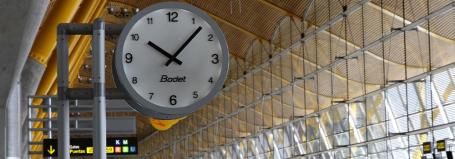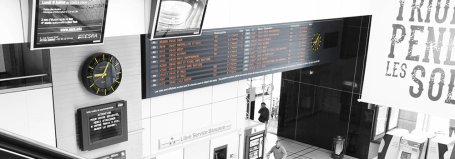The need for time synchronisation is omnipresent in industrial companies, where the accuracy of operations can have a significant impact on security, productivity and costs. Technologies such as NTP, IEEE 1588v2 (PTP) or IEEE 802.1AS are essential for synchronising systems present on the same network with each other or with reference clocks.


